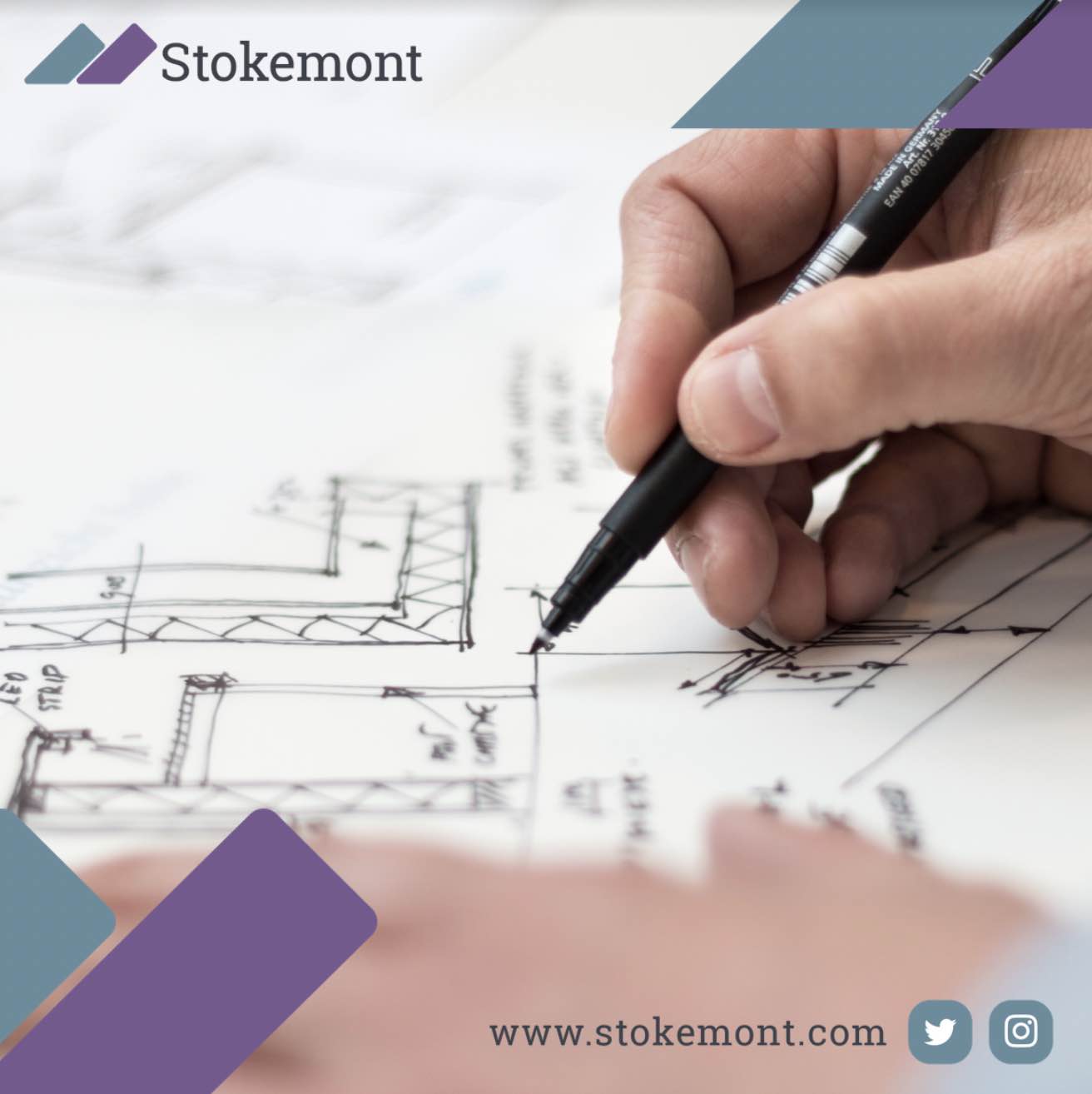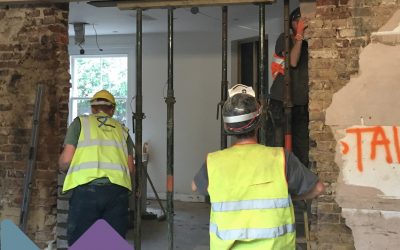In today’s property surveying blog post topic, we are going to be taking a look at License for Alterations procedures.
In particular, we are going to be looking at whether a leaseholder has the legal right to undertake works to their property, also known as their leasehold demise.
In order to answer this, the first item point will be to look at the wording of the lease, in particular looking at the lease’s alterations provisions and clause.
Every lease will have some form of clause which deals with alterations, structural changes, or changes to the property.
The wording of this clause will very much determine whether the leaseholder can, or cannot, undertake works to their property.
There are three different types of leasehold alterations covenants that are prevalent throughout all leases. These are as follows:
Fully Qualified Covenant
A fully qualified covenant is, in our experience here at Stokemont, one of the more common types of leasehold alterations clauses. The clause will set out that the leaseholder will be able to undertake the work to their property, with that work being given the permission by the freeholder.
Importantly, the alterations clause will contain wording to the effect that the freeholder cannot unreasonably withhold consent for the leaseholder’s alteration request.
In layman’s terms, this effectively means that as long as the leaseholder goes through all of the necessary steps, provides the freeholder with the relevant information and ultimately approaches the work in a considered manner. The freeholder will not be able to withhold their consent for the leaseholder’s alterations works.
If you consider a traffic light, this will be a green light. It is effectively the most positive alterations clause a lease can have.
Qualified Covenant
Much like a fully qualified covenant, a qualified covenant will give the leaseholder the legal right to undertake the works to their leasehold demise.
However, importantly, unlike a fully qualified covenant, in this case, the freeholder doesn’t need to provide their consent. This effectively means the freeholder, if they so choose, can actually refuse the leaseholder’s request to undertake the works.
Importantly, they don’t need to provide any form of justification for refusing the consent and in many cases, it can be a significant stumbling block to a leaseholder actually being able to undertake works to their property.
It is also not uncommon for freeholders to request some form of license, some to be paid to them by their leaseholder. Unfortunately, this does mean that money will change hands and is usually in the form of a license permission premium, a consent fee, or a freeholder’s fee.
Unfortunately, there is nothing the leaseholder can do to prevent this, or dispute this, as it is written into the wording of the lease and specifically the alterations clause.
If you consider a traffic light, this would be an orange or amber reading. Whilst it is likely the leaseholder will be able to undertake their works, they are likely going to have to pay for that privilege.
Absolute Covenant
An absolute covenant is unlike the previous two alterations covenants that we have discussed.
In particular, it will set out that the leaseholder is unable to undertake any form of alterations to their property whatsoever. It rarely goes on to give any more specifics that this, however will ultimately mean the leaseholder is not going to be able to progress with their works.
If you are unlucky enough to find this type of alterations provision in your lease, then in normal circumstances your conveyancer should have made you well aware of this at the time of purchase.
If you consider a traffic light, this will be a red light.
It is worth noting that we have seen both freeholders and leaseholders consider departing away from the lease’s alterations clause, however recent case law has significantly changed the legalities behind this and therefore, it is unlikely that works will be able to progress.
In any event, we would advise that if you are subject to this leasehold provision that you consider taking legal advice sooner rather than later and open discussions with the freeholder in an open forum to try and best understand each other’s objectives, and what can and cannot be done.
Once your alterations provisions have been understood, the next stage is to look at the works from the perspective of the envelope of the building.
Assuming that you have a Fully Qualified Covenant or Qualified Covenant, the freeholder will likely want to instruct some form of advisor, whether that be a solicitor, surveyor or engineer. In theory they could even instruct all three.
The role of these different professionals will be to look at the works from the perspective of the freeholder’s property along with the other leaseholder properties within the building to ensure the risk is as low as it can be.
This risk isn’t just restricted to structural, however is also looking at the day to day issues that come with construction works such as noise, dust, debris and of course nuisance.
Here at Stokemont, over the years we have dealt with all different types of leasehold works, from your straightforward removal of walls, changes of floors, to significant structural input, structural change and ultimately complicated license for alteration procedures.
We would always advise that you seek the input of a surveyor sooner rather than later, as they are likely to be able to look over the proposed works from the perspective of the building and give you an arm’s length and impartial take on whether these works are indeed covered by the lease’s alterations provisions, along with the type of license for alterations procedures that will most likely follow.
If you would like to speak with one of our experienced and qualified surveyors here at Stokemont, give us a call today and we will




